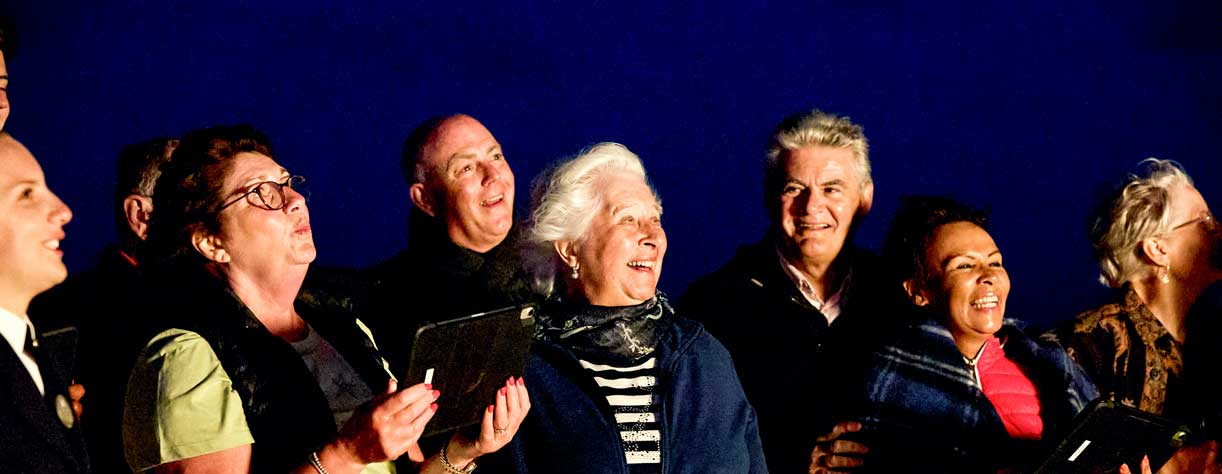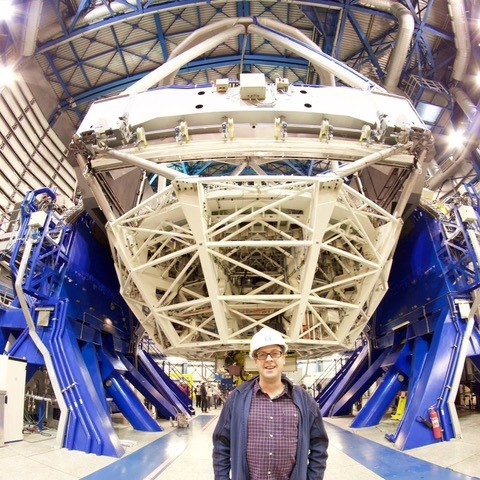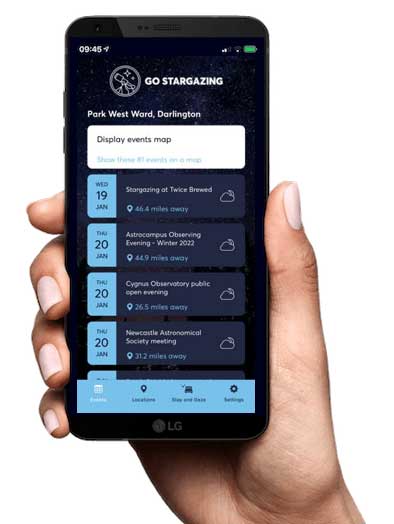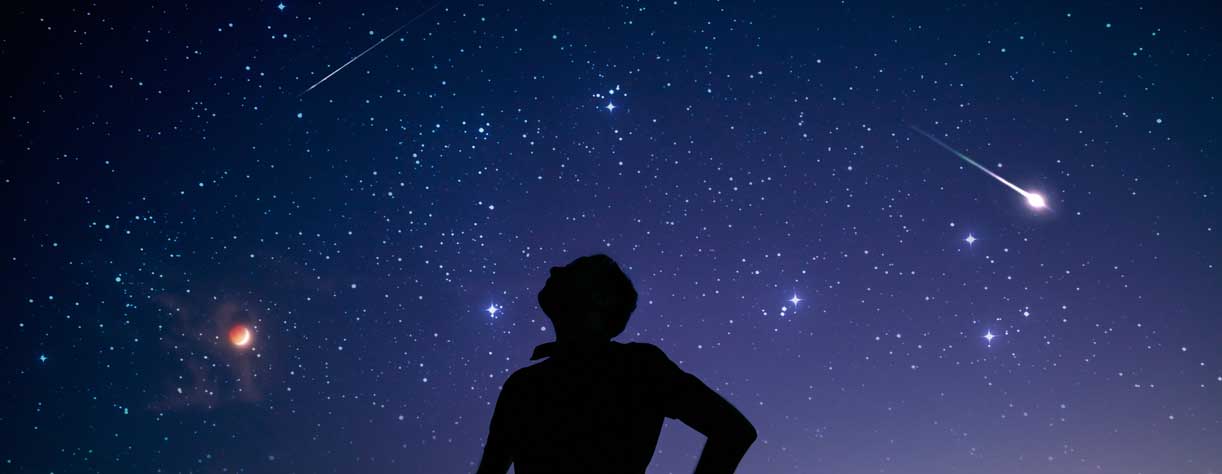by Go Stargazing
In celebration of the launch of our three exciting solar eclipse cruises, which Go Stargazing – a dynamic group of astronomers, scientists and dark sky experts – will be joining us on board for, we caught up with Neill Sanders, Lead Astronomer at Go Stargazing, to gather his top stargazing tips for beginners.
Stargazing offers a refreshing escape from screens and a chance to reconnect with nature. You don't need expensive equipment – just your eyes and an interest in the Universe. And you don't need to travel far; the best stargazing locations are those easiest to get to, whether it’s your back garden or a local park.
To make the most of your stargazing experience, try to escape light pollution if possible. If planning a trip to a dark sky location, check the phase of the Moon to avoid its brightness, which obscures your view of fainter stars.
Neill Sanders, Go Stargazing
Learning the names of the brighter stars and constellations can be fun and rewarding. Many mobile apps, some free or inexpensive, can help you get started, as well as Stellarium, a free-to-download software that simulates the night sky based on any given date and time.
For an enhanced view, grab a pair of binoculars. They offer excellent views of the Moon (best observed when it is not full), the shifting positions of Jupiter's moons, and star clusters. Binoculars can also reveal deep-sky marvels, like the Orion Nebula and the Andromeda Galaxy, located 2.5 million light-years away. These sights are bright enough to be visible from urban areas.
If you’re ready to delve deeper into astronomy, a telescope is your next step. Dobsonian telescopes are a great choice for beginners – easy to use, portable and fantastic value for money. Opt for the largest aperture your budget allows, as it improves light-gathering power for clearer, more detailed views.
Learning the names of the brighter stars and constellations can be fun and rewarding. Many mobile apps, some free or inexpensive, can help you get started, as well as Stellarium, a free-to-download software that simulates the night sky based on any given date and time.
For an enhanced view, grab a pair of binoculars. They offer excellent views of the Moon (best observed when it is not full), the shifting positions of Jupiter's moons, and star clusters. Binoculars can also reveal deep-sky marvels, like the Orion Nebula and the Andromeda Galaxy, located 2.5 million light-years away. These sights are bright enough to be visible from urban areas.
If you’re ready to delve deeper into astronomy, a telescope is your next step. Dobsonian telescopes are a great choice for beginners – easy to use, portable and fantastic value for money. Opt for the largest aperture your budget allows, as it improves light-gathering power for clearer, more detailed views.
Before investing in a telescope, my top tip is to join a local astronomy group. Many societies offer affordable memberships, with the chance to test a range of telescopes and attend regular stargazing events.
Ready to explore the night skies further? See my Go Stargazing website, featuring hints and tips, events, locations and a comprehensive database of astronomy groups. For on-the-go updates, download the free mobile app to see what stargazing opportunities are nearby.
Clear skies!









